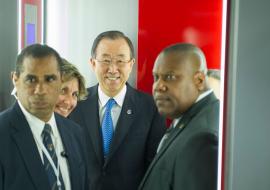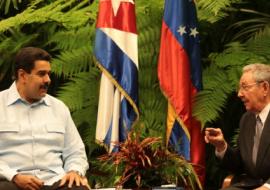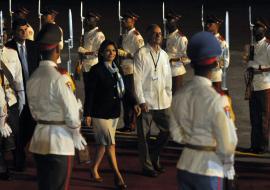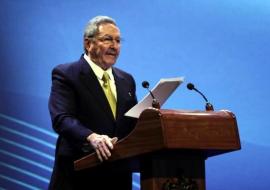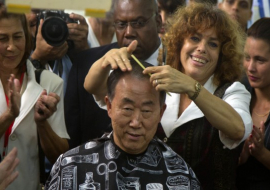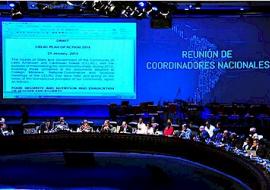CELAC Summit: What to Expect
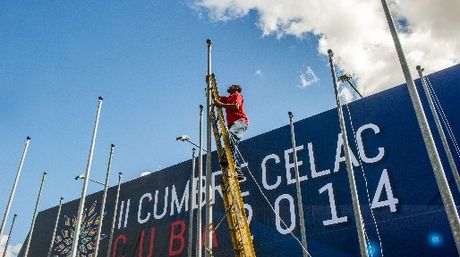
World leaders from around Latin America and the Caribbean are arriving in Cuba in advance of The Community of Latin American and Caribbean States (CELAC) summit. The CELAC (acronym for Community of Latin American and Caribbean States) was formed in 2011 in an attempt to create a collective voice within the Western Hemisphere.
CELAC is comprised of all of the nations within the Western Hemisphere with the exception of the United States, Canada, and the territories of Europe and the UK. With many of the world’s most important heads of state gathered together for the CELAC summit, many are wondering what to expect.
CELAC was originally born from the need felt within the Western Hemisphere to create a political voice uninfluenced by politics in the United States and Canada. While the Organization of American States (OAS) was originally formed by this sediment, the exclusion of Cuba left many leaders feeling unsatisfied from the very start.
In addition to booting Cuba out in 1962, OAS was also considered to be dominated by the politics of Washington. Many Latin American leaders felt it had just become a puppet of the United States and chose to break away from this influence through the formation of CELAC.
The upcoming submit will be the first since the death of Hugo Chavez, who had played a major role in CELAC’s development. In attendance, however, will be U.N. Secretary-General Ban Ki-moon. A total of 32 heads of state are expected to be at the 2014 summit.
Leaders of the CELAC nations will be arriving in Havana, Cuba early this week. The formal meetings will begin on Tuesday. According to Bolivian President Evo Morales, this summit will focus on social policy and liberation within the Latin American and the Caribbean region. Particular issues that plague Latin American and Caribbean nations like income inequality will also likely be addressed. International deals relating to trade and migration are also hoped to be struck.
Some have criticized the CELAC-nation leaders for not meeting with any of the Cuban dissident groups. Anti-Castro protesters have been especially critical of Mexican President Peña Nieto, who has pushed forward a progressive regime change. Mexican Foreign Minister José Antonio Meade has said that his government plans to develop a “very close” relationship with Cuba, which some interpret as support for one of the Western world’s last remaining dictatorships.
Many CELAC-nation leaders have claimed that meeting with dissidents would undermine Cuban people’s “self-determination” as an independent nation. Many Cuban dissidents, however, view this as a dismissal of their struggle.
While based in Cuba, the summit will be focused on wider regional issues. The Latin American and Caribbean leaders have declared their intention to make their region conflict-free, a goal that has gotten them praise from UN expert Alfred de Zayas.
While their aspirations of achieving a conflict-free region are admirable, some call it an overly ambitious goal. Belize, Saint Kitts and Nevis, Honduras, Venezuela, El Salvador, Guatemala, Jamaica, and the Virgin Islands make up the top eight most violent places on earth according to the United Nations.
Crime rates in the region have risen significantly over the past decade. Honduras, which has the highest homicide rate in the world, has a murder rate that has more than double in just the past six years. What we can expect the nations at the CELAC Summit to do about this will become clearer as the week progresses.
Source: Guardian Liberty Voice








